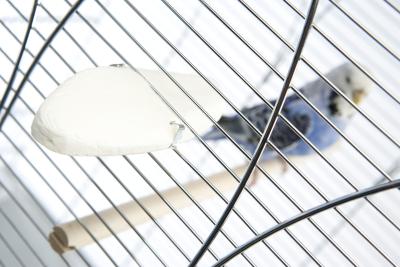Is it possible for my child to catch cat scratch fever from my cat or kitten? Is there really a cat scratch fever disease? The answer is yes and yes. Cat scratch fever is a legitimate disease and your child can catch it from your cat or kitten from a scratch or a bite. Cat Scratch fever is carried in your cat or kittens saliva. The cat can transmit this disease through a scratch if it has been licking or cleaning his paws. Rarely, a dog may even carry this bacteria.
If you think that you or your child has been exposed to or is suffering from CSF, your smart move is to consult your physician who can help pinpoint the cause and prescribe proper treatment. This article is for your additional information only. I feel that it is always smart to do your homework before you consult your physician.
CSF is one of those diseases that was easily tracked to cat scratches, but scientists could not prove or identify the actual cause of the problem until recently. It has been proven that this disease is caused by the bacterium Bartonella. The bacteria can be passed from cats or kittens to humans through scratches and sometimes bites. It is believed that you can even transfer this bacteria to your eyes, without a scratch or bite because your cat can carry this bacteria in his saliva.
The obvious ways to avoid this disease is to not get bitten or scratched and to wash your hands after handling your cat or kitten or his belongings. Also, try to be sure that fleas are not present. If you are scratched or bitten by a cat, wash the area with soap and running water right away. This can help.
It is estimated that approximately 40% of cats carry this bacteria. It is believed that this bacteria does not harm cats. Cats appear to get this bacteria through infected fleas. Young cats and kittens are more likely to be able to transmit this infection.
This disease is not generally considered dangerous to humans, although personally, if my child had it I would be very concerned. The disease seems to be easier to catch in the fall or winter for some reason. Children between the ages of 2 and 14 years old seem to be the most susceptible.
You can identify a potential CSF infection if one or more of the following is present.
*Pimples that arise at the site of a bite or scratch injury, they can last one to four weeks.
*Lymph nodes nearby the injury may swell and feel tender.
*A cat scratch or bite that does not seem to heal in the usual span of time.
*Redness around the wound that lasts for more then several days.
*Fever that arises after injury from a cat.
*Headache and/or decreased appetite and/or bone or joint pain after injury from a cat.
*Abdominal pain and/or lethargy after injury from a cat.
CSF clears up by itself without treatment in most people. Again, I personally would be vary wary when it concerns a child and I would consult my physician. The disease can be diagnosed with a blood test. A skin test was once used but it is currently considered unreliable. Treatment for cat scratch fever are often Zithromax or Biaxin. Both treatments have been shown to shorten the length of the illness.

 How to Help a Bird That Flew Into the Window
How to Help a Bird That Flew Into the Window
How to Help a Bird That Flew Into the Window
How to Help a Bird That Flew Into the Window
 Homemade Bird Perch
Homemade Bird Perch
Homemade Bird Perc
Homemade Bird Perch
Homemade Bird Perch
Homemade Bird Perc
 Bird Watching: Beautiful Birds Seen in Western Australia
Collection of Beautiful Bird
Bird Watching: Beautiful Birds Seen in Western Australia
Collection of Beautiful Bird
 A Guide to Colour Group Canaries
The Three Canary Groups - Co
A Guide to Colour Group Canaries
The Three Canary Groups - Co
 Northern California Bird Identification
Northern California Bird Identification
Northern California Bird Identification
Northern California Bird Identification